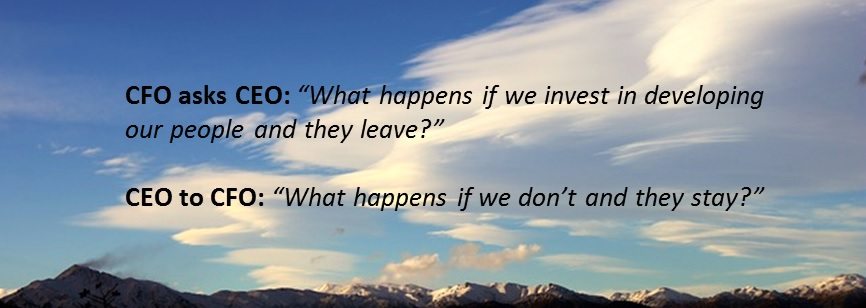
by Skip Henk | Feb 1, 2016 | Blog Frontpage, Skip's World
By Skip Henk, EDP, President/CEO of Xplor International Every year around this time I have the opportunity to speak with people about attending our annual conference. Generally questions include fees, the hotel, content, schedule, networking opportunities, and so on....

by Skip Henk | Nov 30, 2015 | Blog Frontpage, Skip's World
By Skip Henk, EDP, President/CEO of Xplor International A great deal of focus for Xploration 16 is on the Customer Experience as well as the technologies and processes that surround it. I must admit in helping put together our 2016 Education Matrix, I learned a great...

by Skip Henk | Nov 17, 2015 | Blog Frontpage, Skip's World
Xplor President/CEO Skip Henk Interviews Tamir Sigal, CMO of GMC Software GMC Software has been a longtime supporter of Xplor International and a leading provider of Customer Communications Management (CCM) software for many years. Headquartered in Switzerland and...

by Skip Henk | Jun 23, 2015 | Blog Frontpage, Skip's World
Submitted by Skip Henk, EDP, President/CEO of Xplor International June 23, 2015 Big data has been touted as a means of helping target individual consumers for specific products and services based on a culmination of data points. It can be income, homeownership, where...

by Scott Mulkey, M-EDP | Jun 1, 2015 | Blog Frontpage, Skip's World
Xplor International University Chapter, Ryerson University Interview by Skip Henk, EDP with Ryerson students Valerie Drozdowsky and Kyle Tavares Almost two years ago Xplor International and Xplor Canada launched their first University Chapter at Ryerson University in...

by Skip Henk | Apr 27, 2015 | Blog Frontpage, Skip's World
By: Skip Henk, EDP, President/CEO of Xplor International I was recently introduced to Mike Jackson, CEO of eLynxx Solutions and although I was not familiar with eLynxx, Mike certainly had some interesting insight on some of the relevant issues in our industry. I...






